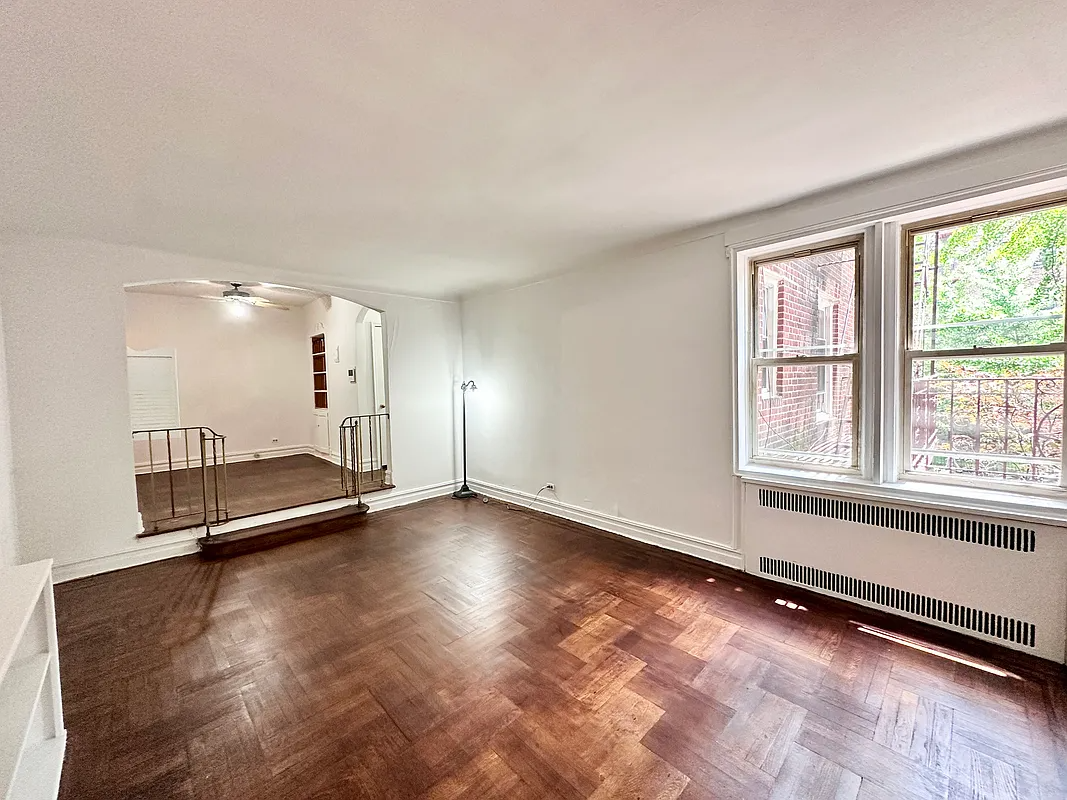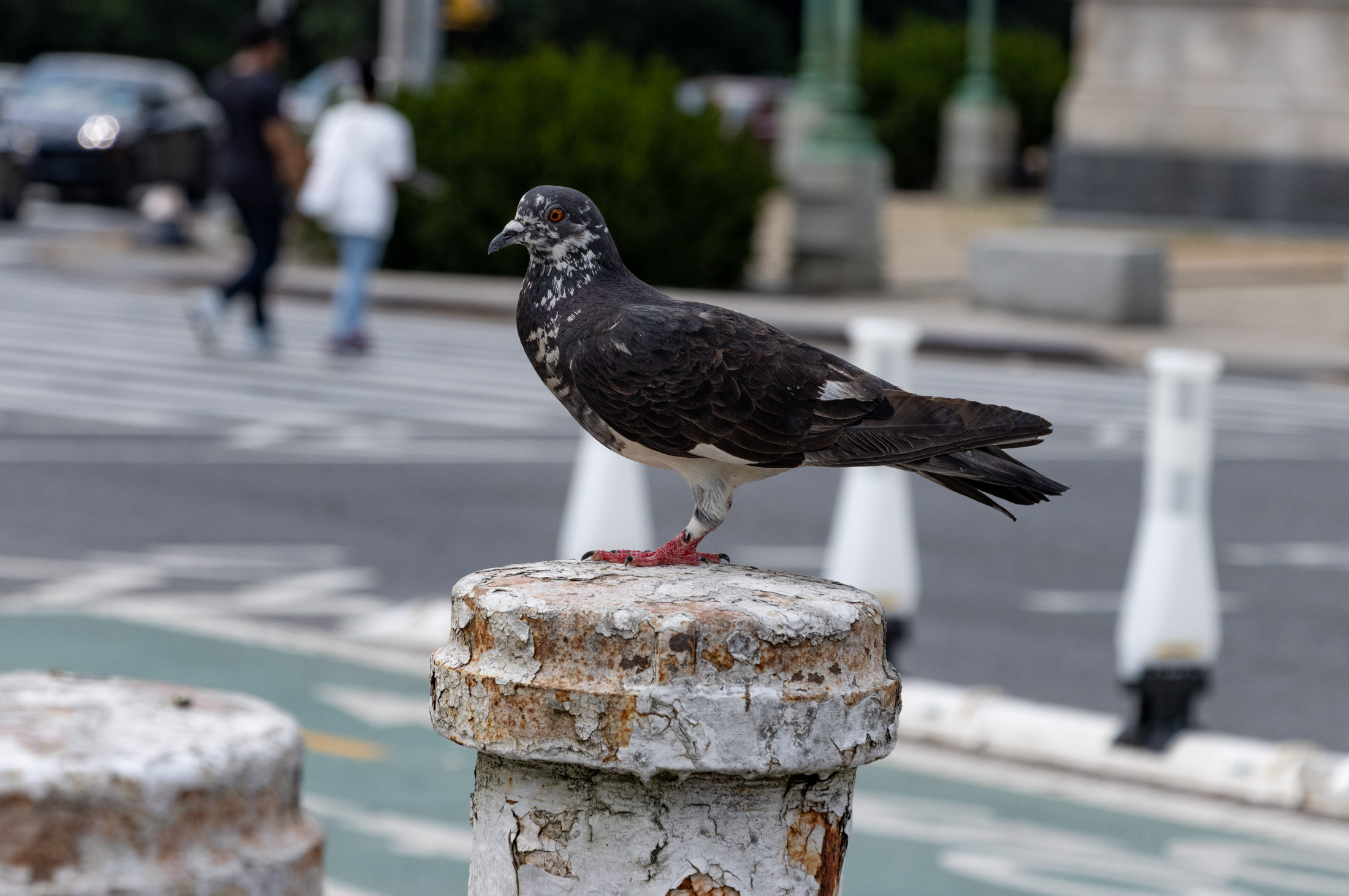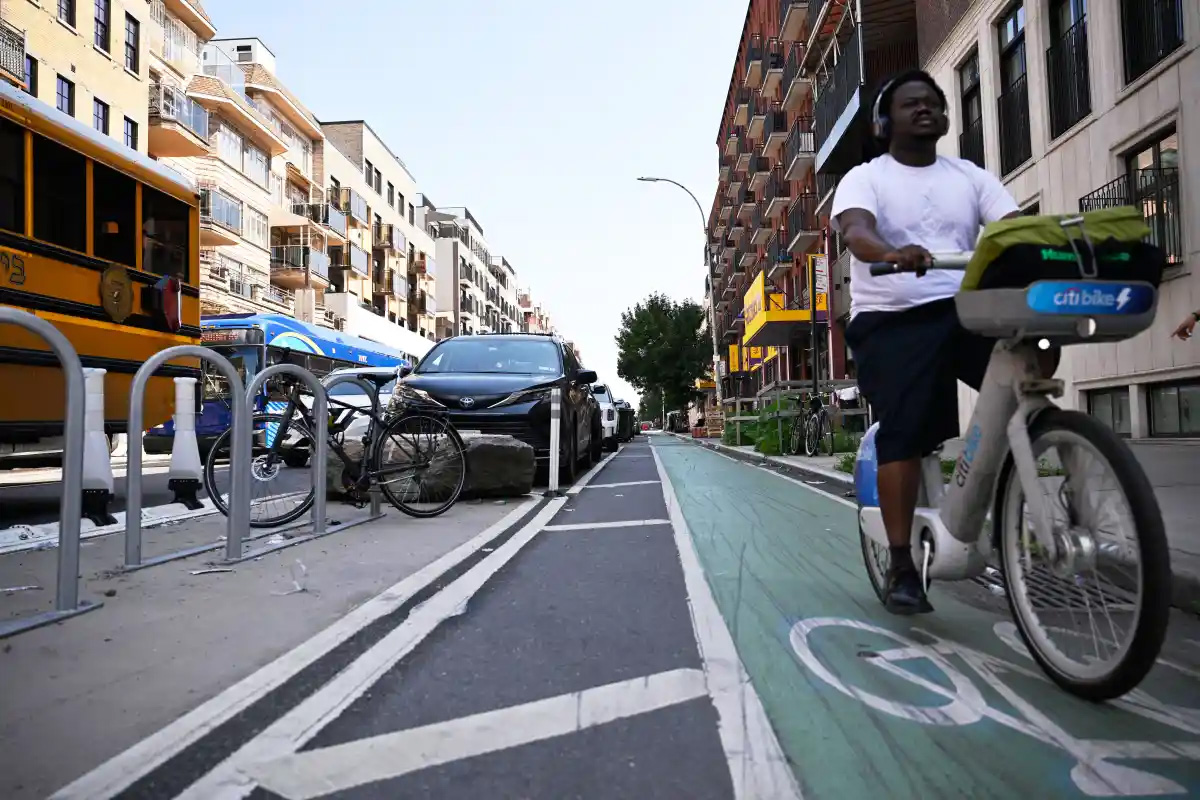Astoria's Hell Gate Bridge - trivia, history, and paint
While thinking about bridges this morning, we came across some interesting trivia on the Hell Gate Bridge and though we’d share it with you. It comes from the New York Architecture page on the Hell Gate Bridge. At the time of its construction, it made a major mark in the architecture and bridge world at…


While thinking about bridges this morning, we came across some interesting trivia on the Hell Gate Bridge and though we’d share it with you. It comes from the New York Architecture page on the Hell Gate Bridge. At the time of its construction, it made a major mark in the architecture and bridge world at the time – it was the longest steel-arch bridge in the world. Here’s the trivia:
- Was a target for Nazi demolition experts during World War II as part of Operation Pastorius.
- Is a centerpiece of the 1991 film Queens Logic.
- Is prominently featured in the 1973 film Serpico.
- Was the inspiration for the Sydney Harbour Bridge in Sydney, Australia
- Would be the last New York City bridge to collapse if humans disappeared, taking a least a millennium to do so, according to the February 2005 issue of Discover magazine. Most other bridges would fall in about 300 years. [3]
- Was offered in miniature by famous toy train maker Lionel, the toy version being significantly ‘abridged’ due to the enormous size of the prototype.
Pretty awesome – this bridge really has had quite an economic, social, and entertainment life!
Here’s another photo, to illustrate how much the colors have faded. We often wonder what the deal is when we walk by, because it really looks like it could use another coat of paint.

The color it is painted, faded as it is, is a custom color called Hell Gate Red. Astoria City Councilman Peter Vallone, Jr. said last spring, “It should be the jewel of New York City, but instead it’s turned into eight shades of lavender.” We wouldn’t go that far, but it certainly is pale.
Amtrak, who owns the bridge, wanted it painted bright red from the start. When the bridge opened in 1916, it was painted with a lead-based paint, and the color held for 60 years. In 1991, $55 million from Congress set aside to paint and repair the bridge. They went with Hell Gate Red again, but over time Valspar had changed the formula (apparently it didn’t hold the pigment enough), and it faded quickly. People were not happy. More from the paint situation NY Times, as per Greg Campbell of George Campbell Painting, a company who has painted nearly every large bridge in NYC:
It required a four-coat application process developed by Valspar, a large paint company, and consisted of two coats of epoxy primer, a red urethane finish and then a clear finish, all designed to protect the surface from corrosion, ultraviolet rays and salt from the river water below, Mr. Campbell said.
But the bridge’s finish began to fade and discolor even before the work was completed, Mr. Campbell said, because Valspar “changed the formulation” of the paint to a “pigment that didn’t hold its color.” The fading paint posed a cosmetic problem, he said, but did not undermine the protection it provided.
“There was nothing wrong with the paint job,” Mr. Campbell said. “The truth is that the paint color faded. The paint manufacturer was the cause of the problem.”
There was a lawsuit between Campbell and Valspar. Vallone has requested that Amtrak paint it. But it still sits there faded. Here’s hoping it gets painted soon, with a paint that doesn’t fade!
A Bad Impression Outlasts a Bridge’s New Paint [NYT]
Hell Gate Bridge [NY Architecture]





my late husband Jim lynch was a signal maintainer until his passing worked from Maspeth queens to new haven conn